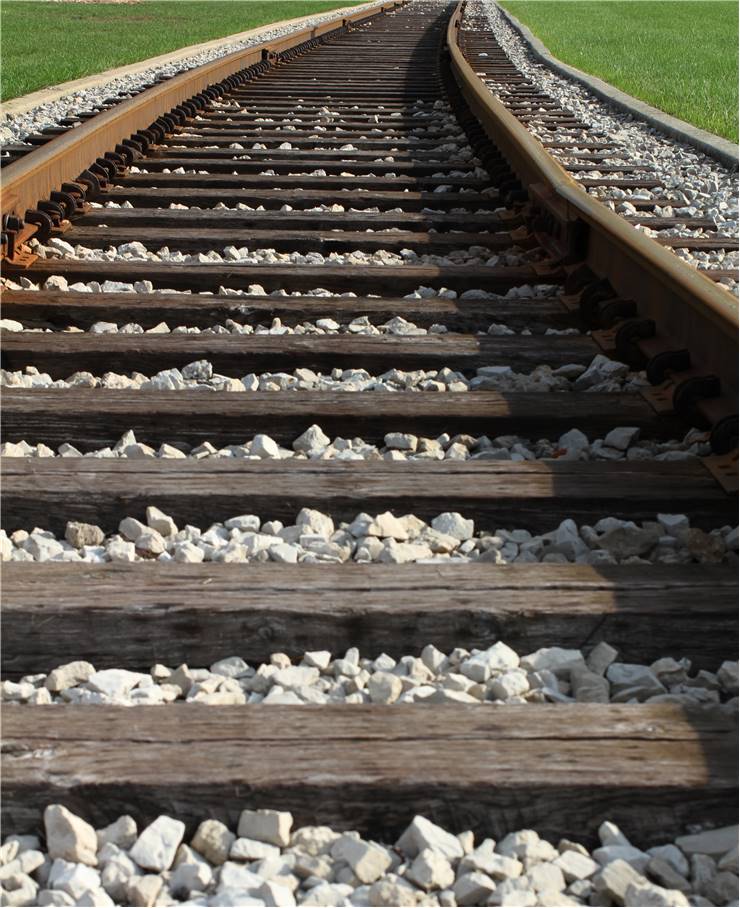Railway Timeline - Important Moments in Railway History
- 1st millennia BC – Ancient Greeks used rutway, prepared earth road that forced land cars to follow predetermined path, much like trains. Rutway on Isthmus of Corinth was used regular and frequently between 650 BC and 1stcentury AD but after that it remained forgotten.
- 1500s – Hand propelled cars, known as “hunds” started being used in Germany and later on in UK. It was most often used in mines for transporting coal.
- 1603 – Huntingdon Beaumont created first recorded wagonway in England. Soon after that similar railways/wagonways started appearing across England.
- 1774 – Scotsman James Watt managed to build first stationary steam engine. Over the next few years he and his associates improved their design, enabling machine to produce enough power slow 6-8 mph train movement.
- 1798 – First above ground railway opened in Wakefield, West Yorkshire, England. It was named “Lake Lock Rail Road”. It primarily transported coal with horse powered wagons.
- 1800 to 1804 – American Oliver Evans created first working non-condensing high pressure stationary steam-engine. This engine was first implemented on a boat.

- 1803 – First public railway was created in London. It transported goods via horse power on the line that was 14 km long.
- 1804 – Englishman Matthew Murray created first steam based locomotive in Leeds. Richard Trevithick showcased his locomotive in public.
- 1807 – First passengers started traveling on trains between Swansea tom Mumbles.
- 1808 – Englishman Richard Trevithick showcased his locomotive designs on a public showcasing of trains in London. For that purpose he created small circular railway in London's Torrington Square.
- 1812 – First commercial passenger railway opens in England on the Middleton Railway.
- 1813 – William Hedley showcased his locomotive that had the capability of hauling 10 coal wagons at 5mph.
- 1825 - George Stephenson builds his famous LOCOMOTION No. 1, capable of pulling 90 tons of coal at 15mph.
- 1826 –Quincy, Mass became first place in North America with working railway. Materials were hauled by horses.
- 1827 – Railway between Baltimore and Ohio River in Virginia became first of many westward railroads in the United States. In the beginning trains were powered by wind power, horses, and even horses that were stationed on trains themselves, who walked on the treadmills which powered carriage wheels!
- 1829 – First steam locomotive started working in America, but its excessive weight forced it to become stationary boiler.
- 1829 – Stephenson’s locomotive “Rocket” became fastest train ever built with its top speed of 30mph. It was capable of carrying 30 people.
- 1830 – Americans built their first steam engine. It worked great until 1931 when it exploded.
- 1832 - Charles Fox patented railway track switch.
- 1856 – First railroad bridge over river Mississippi enabled expansion of trains to the west.
- 1863 – First underground railway started working in London. Success of this track gave birth to the modern subways.
- 1869 – The First Transcontinental Railroad completed in North America, successfully bridging Pacific and central United States.
- 1872 – American inventor George Westinghouse patented his first automatic air brake, which soon became primary brake system in all future trains.
- 1881 – First public electric tram line opened in Berlin.
- 1888 – First electric tram system opened in Richmond, Virginia, United States.
- 1890 – London underground trains switched to electrical engines, starting the era of modern rapid transit systems.
- 1913 – Diesel powered locomotives started being used in Sweden.
- 1934 – Diesel locomotive fist showcased in the U.S. but it was introduced into regular use in 1939.
- 1937 – German inventor Hermann Kemper patented train system that used magnetic levitation (maglev).
- 1960s – U.S. finished their transition from steam models to diesel-electric power.
- 1953 – Japan locomotive Odakyū 3000 series SE Romancecar reached world record speed of 90mph (145 km/h).
- 1964 – First bullet train introduced in Japan. It traveled between Tokyo and Osaka with the average speed of 160km/h.
- 1979 – France begun using their high speed train – TGV. It had average traveling speed of 213 km/h and top speed of 300km/h.
- 1987 – British Rail’s High Speed Train (HST) broke the word record for diesel powered train with the speed of 238 km/h.
- 1990 – French TGV broke the speed record for electric train, with staggering 515 km/h.
- 2007 – Spain begun using their first high-speed trains with speed of up to 350km/h.
- 2010 - Shanghai Metro becomes world’s largest urban transit system with 420m of lines and 278 stations.
